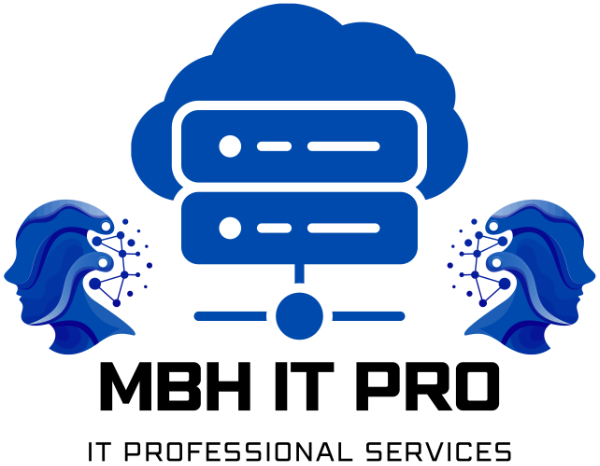How to Set Up a Secure Remote Workforce
By MBH IT PRO | IT Strategy & Solutions
Remote work is here to stay—but with it comes new risks.
If your small business has employees working from home, in coffee shops, or across time zones, securing your data and systems is more critical than ever.
Here’s how to build a secure, productive remote workforce in 2025—without breaking the bank or sacrificing speed.
1. Start with a Remote Work Policy
Your content goes here. Edit or remove this text inline or in the module Content settings. You can also style every aspect of this content in the module Design settings and even apply custom CSS to this text in the module Advanced settings.
Before you hand out laptops and let employees log in from anywhere, you need clear rules and expectations.
Your remote work policy should cover:
- Which tools and devices are approved
- Acceptable use policies for company systems
- How to report suspicious behavior or security incidents
- Consequences for violations
📝 MBH IT PRO can help you create a legally sound, tech-aligned policy from day one.
2. Use Business-Class VPNs
Before you hand out laptops and let employees log in from anywhere, you need clear rules and expectations.
Your remote work policy should cover:
- Which tools and devices are approved
- Acceptable use policies for company systems
- How to report suspicious behavior or security incidents
- Consequences for violations
📝 MBH IT PRO can help you create a legally sound, tech-aligned policy from day one.
2. Use Business-Class VPNs
Every remote employee needs a secure, encrypted tunnel into your company systems. Consumer VPNs don’t cut it.
Business-grade VPNs offer:
- Stronger encryption and no-logs policies
- Centralized management and access control
- Integration with identity providers like Azure AD or Okta
🔒 MBH IT PRO sets up VPNs that balance security with speed.
3. Lock Down Endpoints
Laptops, phones, and tablets are vulnerable entry points. A lost or compromised device can expose sensitive data.
Protect your devices with:
- Disk encryption (BitLocker, FileVault)
- Remote wipe capabilities
- Antivirus/EDR tools (SentinelOne, CrowdStrike, Defender)
- Application control and USB restrictions
🛡️ We ensure your endpoints are secure—even when your employees aren’t in the office.
4. Enforce MFA on All Accounts
Multi-factor authentication (MFA) is the single most effective way to prevent account compromise.
Enable MFA for:
- Email and productivity apps (Microsoft 365, Google Workspace)
- VPN and remote desktop access
- Cloud storage and admin panels
Use app-based MFA (like Microsoft Authenticator) or physical keys (Yubikeys) for extra protection.
5. Use Secure Collaboration Tools
Your remote team needs to work together—but consumer tools like Dropbox or WhatsApp can create compliance risks.
Use business-grade tools like:
- Microsoft Teams or Google Meet for video calls
- SharePoint or Google Drive (Business) for file sharing
- Slack Enterprise Grid for secure messaging (if required)
MBH IT PRO can recommend the right collaboration stack for your team’s size, industry, and workflow.
Ready to Secure Your Remote Team?
We help small businesses set up secure, flexible remote work environments that protect your data and empower your team.
📞 Schedule a remote security consultation or call 949-478-4288 today.

